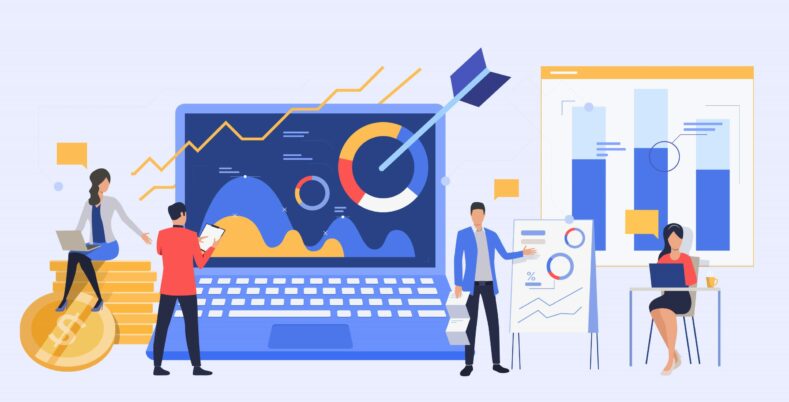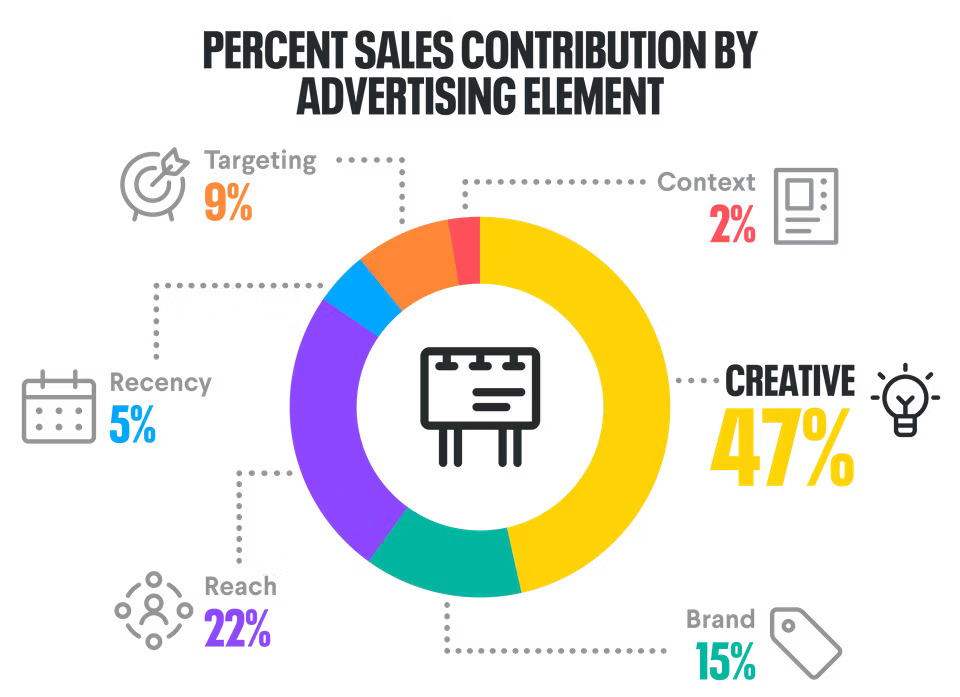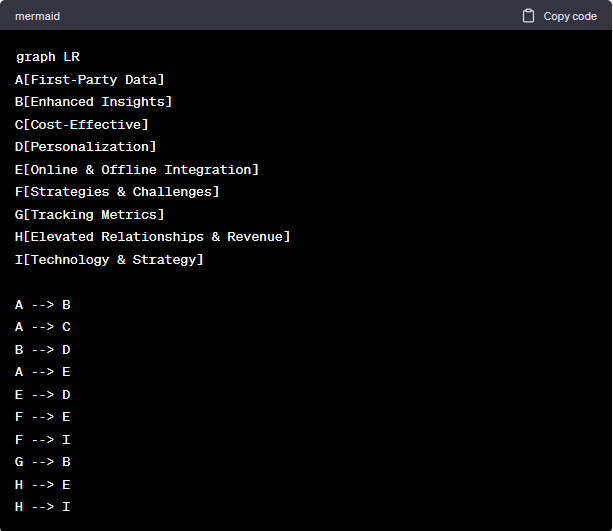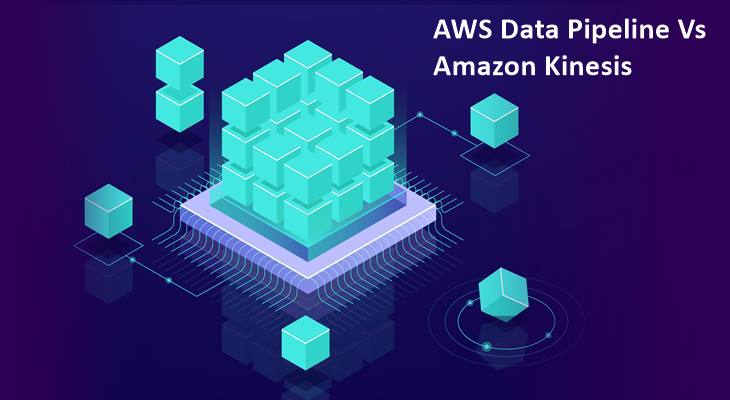Maximizing First-Party Data: Unleashing Marketing Potential
In today's fast-evolving digital landscape, the value of first party data cannot be underestimated. Directly sourced from customers, this type of data is a goldmine for marketers, enabling them to create more impactful ads and enhance customer experiences. As we delve into the world of first-party data, we uncover its unparalleled potential for transforming marketing strategies and driving business success.
Understanding the Data Landscape
In the realm of data, we encounter various categories: first-party, second-party, and third-party. However, it is the first party data that has garnered significant attention, and for good reason. Marketers are increasingly shifting their focus towards this type of data due to its unique advantages. First party data, collected directly from customer interactions, offers unparalleled insights into customer behavior, preferences, and habits.
The Allure of First-Party Data
Why the emphasis on first-party data? It's not just about the insights; it's about cost-effectiveness and relevance. Marketers understand that the information obtained directly from customers is not only authentic but also more cost-efficient to collect and analyze compared to third-party data. This leads to enhanced targeting accuracy, as the data is tailor-made for a brand's specific audience.
Unveiling Personalized Experiences
Personalization is the cornerstone of modern marketing, and first party data is the key to achieving it. By harnessing the power of customer interactions, brands can craft personalized experiences that resonate deeply with their audience. Unlike third-party data, which can lack uniqueness and be expensive to acquire, first-party data is a treasure trove of individual insights.
The Confluence of Online and Offline Data
In the pursuit of a holistic view of customers, brands are integrating both offline and online first-party data. This convergence creates a comprehensive understanding of customers' journeys and behaviors across various touchpoints. With insights from websites, apps, emails, and more, brands can map out customer journeys, enabling them to identify crucial touchpoints for engagement.
Navigating Challenges and Strategies
While the potential of first-party data is immense, challenges do exist. Strategies for collection, integration, and identity resolution are paramount. Brands must create a roadmap for effectively utilizing first party data. Identifying relevant data sources, enhancing data utilization, and implementing real-time actions are all essential steps in this journey.
Metrics: The North Star of Success
Tracking the right metrics is crucial to realizing the full potential of first party data. Metrics such as data volume, sources, processing speed, and depth play a pivotal role in enhancing analytics. As brands delve deeper into these metrics, they gain insights that inform their data-driven strategies and elevate the role of first-party data in their overall marketing efforts.
Elevating Customer Relationships and Revenue
The ultimate goal of leveraging first-party data is to transform customer relationships and boost revenue. By identifying customers across channels and understanding their preferences, brands can tailor experiences that foster engagement, loyalty, and retention. This data-driven approach empowers brands to navigate the ever-changing consumer landscape effectively.
The Role of Technology and Strategy
Technology is the linchpin in this data-driven era. Cutting-edge tools and platforms enable the efficient collection, processing, and analysis of first-party data. However, technology alone is not enough. A well-defined strategy, aligned with business objectives, is essential to ensure that first-party data delivers tangible results.
Conclusion
In the dynamic world of digital marketing, first party data emerges as a game-changer. Its authenticity, cost-effectiveness, and potential for personalization set it apart from other data types. Brands that harness the power of first-party data by integrating online and offline sources, implementing effective strategies, and tracking relevant metrics are poised to create more meaningful customer experiences, drive higher engagement, and achieve remarkable growth. As the landscape continues to evolve, first-party data remains a steadfast ally for brands navigating the complex waters of modern marketing.
Remember, the journey of optimizing first party data is ongoing. By staying attuned to customer behaviors, leveraging cutting-edge technology, and refining strategies, brands can ensure that their first party data continues to be a potent force in their marketing arsenal.
You may also like to read:
Top 3 Examples of Serverless Computing
Top 5 Serverless Computing Tools







